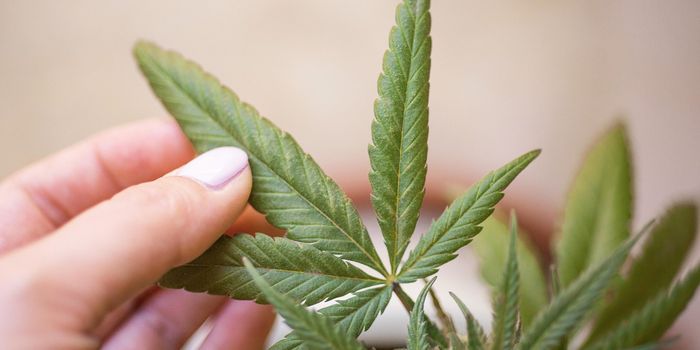Firefly Genes Provide Insights into Cannabis Biology
A team of University of Connecticut researchers are using firefly genes to understand molecular mechanisms involved in trichome development and cannabinoid synthesis. They discovered transcription factors trigger trichome initiation and cannabinoid biosynthesis and published the study in Plants. Transcription factors cause the cannabis flower’s epidermal cells to morph into trichomes, or small glandular hairs or papillae, that produce cannabinoids at later stages of plant maturation. The findings have implications for the genetic engineering of cannabis strains with desired therapeutic amounts of THC, CBD, and other cannabinoids.
The current UConn research project is funded by the National Research Initiative from the U.S. Department of Agriculture, and the support will allow the researchers to clone the part of DNA that transcription factors bind (called a promoter) and inject them into the cells of a model cannabis plant. In addition, a copy of the enzyme that causes firefly luciferase (a form of bioluminescence) will be added. If the promoter is activated by a signal, the luciferase reporter will generate light.
The researchers will introduce the cloned promoters and luciferase into a plasmid which are circular DNA molecules that can replicate independently of the chromosomes. This process enables the expression of specific genes despite not being part of the plant’s original genomic DNA.
When the promoters and transcription factors responsible for trichome development interact, the light generated by this activity, researchers will use a luminometer to measure the light’s intensity. This data will indicate if the promoter regions are controlled by transcription factors responsible for increasing trichome development and how promoters respond to hormonal signals.
This technique may shed light on the most effective ways to grow cannabis strains with specific cannabinoid profiles. Hemp is a variety of cannabis with naturally lower THC levels than marijuana, and it contains the legally allowed amount of less than .3% tetrahydrocannabinol (THC). The UConn team’s research suggests that cannabis can be cultivated using genome editing techniques such as CRISPR to produce low THC or THC free plants.
Sources:
Plants, University of Connecticut








